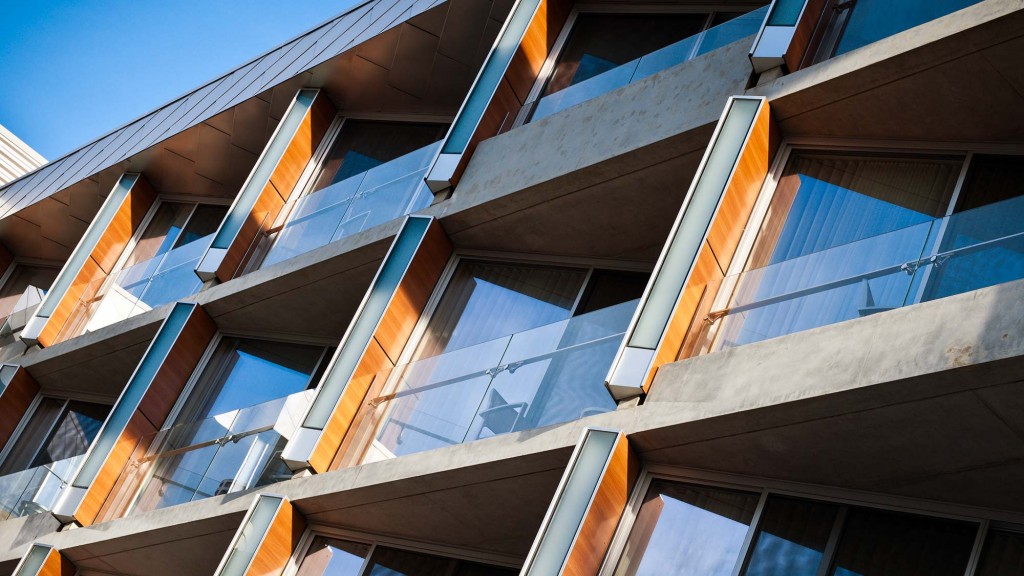What can we learn from 600+ LEED scorecards?
Sustainability Trending
What We Did
We sought to aggregate and analyze Gensler’s LEED (Leadership in Energy and Environmental Design) scorecard data to deliver insights to clients seeking an understanding of where and how to best invest in sustainable strategies and design solutions. To achieve this, we combined data from individual LEED scorecards from more than 600 projects and connected it to the wealth of information already available within Gensler’s digital library. This gave us visibility into a significantly large dataset that was untapped prior to the project, allowing us to put the data to work. We began with a focus on the LEED NC 2.2 (new construction) and CI 2.0 (commercial interiors) scorecards, and are adding newer scorecard versions to the database as they come into use.
The Context
Clients are often interested in benchmarking data for sustainability strategies currently being employed in the marketplace, but this data is frequently confidential or proprietary at the project-specific level. An aggregate database that delivers trends rather than project-specific information allows for the presentation and sharing of data without compromising client confidentiality. Optimal sustainability strategies do, however, differ by project type and climate or regional context. The ability to analyze our LEED dataset across a wide selection of projects and locations, and to perform analyses on specific subsets of interest, help us to reveal trends specific to both location and project category.
The Results
Clients are often interested in benchmarking data for sustainability strategies currently being employed in the marketplace, but this data is frequently confidential or proprietary at the project-specific level. An aggregate database that delivers trends rather than project-specific information allows for the presentation and sharing of data without compromising client confidentiality. Optimal sustainability strategies do, however, differ by project type and climate or regional context. The ability to analyze our LEED dataset across a wide selection of projects and locations, and to perform analyses on specific subsets of interest, help us to reveal trends specific to both location and project category.
What This Means
We know the “low-hanging fruit.” These are the strategies achieved most often on projects and they align with basic sustainable strategies integrated into building codes. Our baseline LEED specifications have been updated for consistency with these industry minimums.
We have typological and regional comparative data. This information is often highly sought after by clients and can help to alleviate uncertainty in early decision-making by communicating that others are employing similar design approaches.
Outliers are opportunities to spot innovation. While much of our analysis focused on finding trends or widely adopted strategies, we also used the database to identify outliers and high-performance projects that can serve as examples of innovative or emerging solutions.
What’s Next?
We continue to identify practice-area and project-specific insights based on our database. We have also linked the database to cost and square footage data that can be worked into a new cost comparison analysis. Through this, we can compare cost per square foot at differing levels of LEED certification against other key signifiers, such as project type or state. Keeping the database current with new requirements is also important. With the release of the LEEDv4, more stringent requirements and strategies will emerge that should also be benchmarked to help future clients with a new set of unknowns.
Learn More
Team
Anthony Brower, Jody Handley, Najahyia Chinchilla, William Heyer, Kimberly Murray
Year Completed
2012
Comments or ideas for further questions we should investigate?
